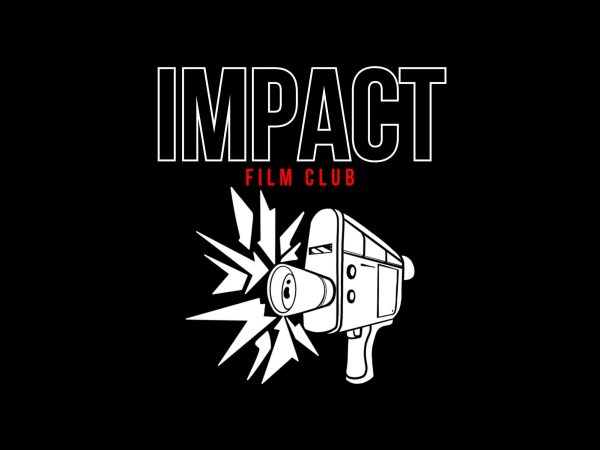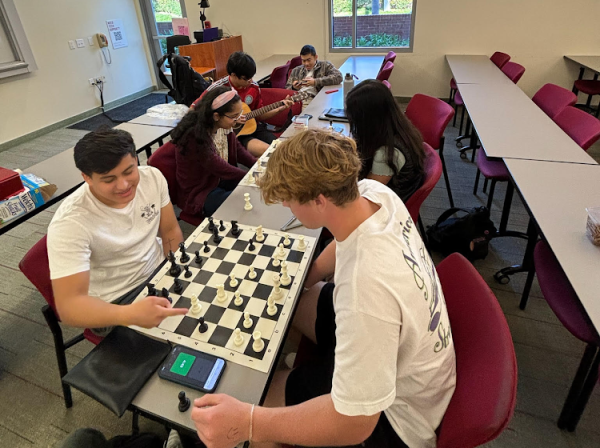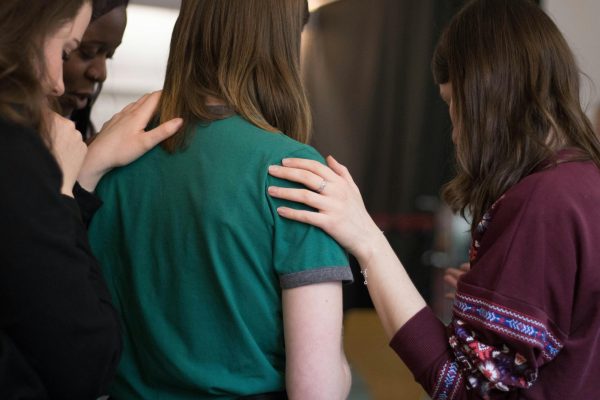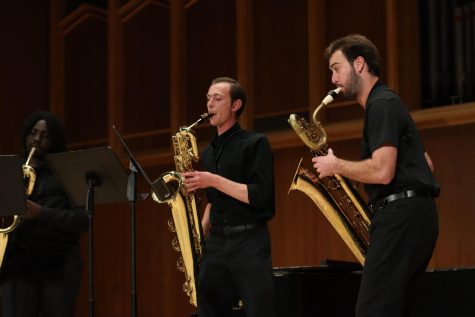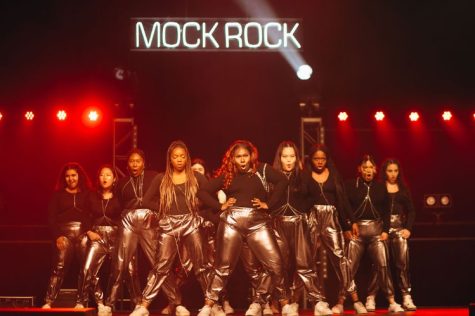Art Symposium gets urban touch
“Metropolis” symposium explores beauty in the city.
March 10, 2010
Encountering art on a regular basis might not work itself into your weekly planner. In that case, going to a symposium devoted entirely to the visual arts isn’t there either. Sure, you like the Monet reproduction your roommate recently purchased at the poster sale, and you’ve been to the Getty a couple times on what you affectionately call “fancy dates.” However, listening to a bunch of artists and critics throw around words heard only in art appreciation freshman year probably isn’t your ideal Friday night.
But remember this, Biola is a university — a place where different disciplines brush up against each other, all in the active pursuit of cultural knowledge where each student has just as much to contribute at a symposium as any other student, art major or not. If only briefly, Biola students are residents of the Los Angeles area, also known as the creative capitol of the world.
This year’s Art Symposium, starting Fri. March 5, is fittingly dubbed “Metropolis.” Focusing on the place of art in the urban arena, the chosen theme takes its cue from Biola’s burgeoning Urban Studies major, a program devoted to bringing Biola back to the city by combining art, sociology and the social sciences in an interdisciplinary environment.
This year is considered to be the “most ambitious symposium yet,” according to coordinator and Biola professor of art Barry Krammes, regarding the quality of speakers selected. Each one has been chosen due to his or her knowledge and experience relating art to the urban setting. For the symposium, this relationship has been broken up into three distinct approaches.
The first approach, which will be Friday night’s topic, is visual art as a means of healing. L.A. has the largest homeless population in America. For anyone interested in social justice and ministry, Friday night will be dedicated to showing how art, which has long been considered a luxury, can bring much needed relief to the suffering.
Saturday will jointly explore the other two approaches. The morning sessions will be concerned with art made in or for the public sphere, emphasizing the importance of community. We drive by murals on the freeway and sculptures in front of malls and walk by previously vacant buildings temporarily functioning as art galleries. On our own university campus, we gaze up at the 30-foot Jesus daily. Art possess the ability to stimulate local economic growth and create positive community experiences. These experiences shouldn’t be restricted to only a select fragment of the population can participate.
The afternoon sessions on Saturday will center around the great art institution: art schools, museums and galleries. Institutions can seem esoteric, at times even elitist, however, with access to vast amounts of information regarding art, there is no reason why people shouldn’t gain a broader understanding of art conversations, past and present. The Getty or the Norton Simon museums should not be simply reserved for “fancy dates,” but should be frequented more often. After all, Biola is an institution of higher learning actively perpetuating knowledge and tradition, not unlike museums.
All in all, this year marks the sixth installment in a series of symposiums headed by the Biola’s art department. Don’t let the sixth symposium slip by like you did the fifth, the fourth, the third, even the second and first if you are a career student. It’s the weekend, and there are millions of reasons why you should miss this event; I know Disneyland is calling sweetly as the weather warms. But remember: we are all cultural perpetuators inhabiting this sunny and smoggy metropolis, if only for a short while.
“Metropolis” starts on Friday at 7 p.m. in Calvary Chapel


